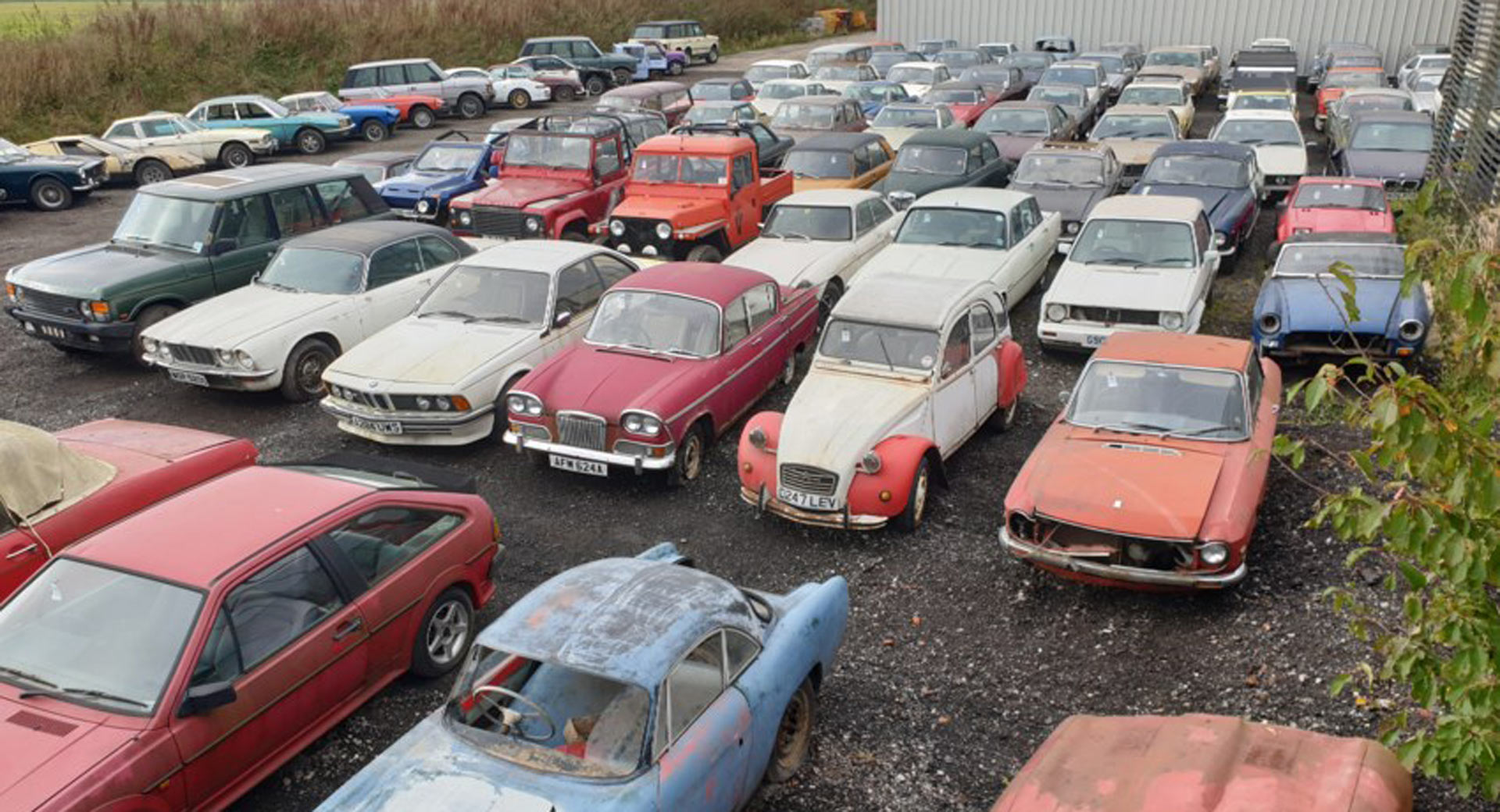How The Evolution of Auction Houses: From Traditional to Modern-Day Stops can Save You Time, Stress, and Money.

This Author of Auction Houses: Coming from Traditional to Modern-Day Ceases
Public auction homes have long been an indispensable component of the craft world, providing a system where collectors and enthusiasts can purchase and offer valuable things. Over the years, these public auction residences have gone through significant changes, adjusting to modifying times and welcoming brand-new modern technologies. In this blog message, we will definitely look into the progression of public auction homes coming from conventional establishments to modern-day deters for art enthusiasts.
Traditional Auction Houses
The concept of auctioning time back centuries, along with proof of auctions being stored as early as old Greece and Rome. Having said that, it was throughout the Renaissance period in Europe that auction houses began to acquire importance. These standard public auction homes were commonly marvelous properties where shoppers collected in person to bid on items.
One of the very most well-known conventional auction properties is Sotheby's, started in 1744 in London. Sotheby's came to be identified along with high-end auctions and drew in well-off clients coming from around the world. Christie's, yet another well-known public auction property, was developed shortly after in 1766.
During this time, public auctions were largely carried out via real-time quote. Salesmans would stand up on a platform and take quotes coming from curious purchasers who were literally current at the site. The procedure was commonly gone along with through a dynamic setting as prospective buyers completed versus each other for prime ownerships.
The Surge of Online Auctions
Along with the arrival of the internet in the late 20th century, auction houses started taking advantage of digital platforms to increase their grasp beyond bodily places. The development of on the web public auctions changed the market through permitting prospective buyers to get involved from another location from anywhere in the world.
eBay played a notable job in promoting on the internet auctions by producing an easily accessible platform for individuals to acquire and market different items. While eBay centered on a broad variation of goods instead than entirely on art items, it paved the means for dedicated online craft markets like Artsy and Invaluable.
These online systems streamlined the bidding process, helping make it simpler for each collection agencies and art aficionados to involve in public auctions. Bidders might now search by means of brochures, place proposals, and track their beloved things coming from the comfort of their residences. This change additionally presented openness, as customers might simply access details about an art pieces's derivation and previous sale prices.
Virtual Auctions and NFTs
Much more lately, auction homes have welcomed digital auctions as the world came to be a lot more electronically connected. Virtual public auctions take place completely internet utilizing live streaming technology. Attendees may view the salesman in real-time and place quotes by means of a digital platform.
One substantial advancement that has gained footing in the craft world is Non-Fungible Tokens (NFTs). NFTs are unique electronic properties kept on a blockchain that confirm possession of a specific thing or part of art work. This modern technology has enabled artists to tokenize their work and offer it straight to purchasers via on the internet industries.
Auction homes have hopped on the NFT bandwagon through holding specialized sales for electronic artworks in partnership along with performers. These public auctions have opened up up brand-new opportunities for producers who can currently earn money their digital creations effectively.
In enhancement to accepting online systems and NFTs, modern auction houses have likewise extended their reach worldwide through developing branches in primary urban areas worldwide. This enables them to tap right into different markets and serve to diverse viewers along with differing tastes.
Conclusion
Coming from standard business where bidders acquired physically to modern-day ceases obtainable from anywhere around the world, public auction homes have come a long means. The evolution of these establishments mirrors society's modifying desires and developments in technology.

As we continue into the future, it will certainly be intriguing to find how auction homes additionally adapt to arising modern technologies such as online truth (VR) and synthetic cleverness (AI). One factor is specific; these vibrant companies will certainly regularly participate in a vital duty in attaching collection agencies along with phenomenal pieces of craft.
